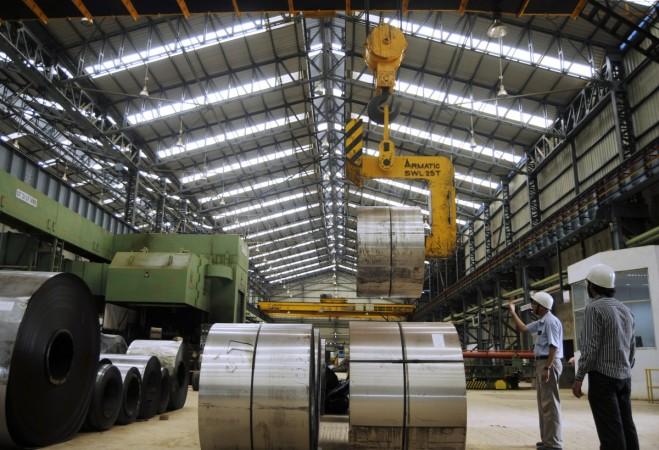
The Indian economy is facing a slowdown, making the country's corporate world jittery. Companies are forced to take cost cutting measures in the fallout of the snail-paced growth of the economy in recent times. Adding to their woes, even the Budget 2019 has not been encouraging. The industry has shown its disappointment over the lack of support from the Central government.
The IMF last week lowered its FY20 growth forecast for India to 7 percent from 7.3 percent.
However, some of the corporates have remained optimistic of a turnaround. AM Naik, L&T chairman, is expecting the economy to be on track again by next year. "My view is that we will emerge out of this downturn within a year," he said. Last week, the L&T reported a jump in its profit by 20 percent and contracts advanced 12 percent. The Economic Times reported that even Godrej Group chairman Adi Godrej is hopeful of revival.
Cost optimisation
The Indian economy grew at a five-year low of 5.8 percent in the quarter ended March 31, as per the latest government data. On a Y-o-Y basis, the economic growth is also down at 6.8 percent in the current financial year from 7.2 percent in FY18. Corporates are going for cost optimisation in these tough times. CEOs of some major companies have optimised costs to manage slow market conditions. In a report published in CARE research, the companies go for cost-cutting when there is a pressure on the top line.

TVS Co-chairman Venu Srinivasan is of the opinion that the slowdown is not limited to India. After a brief period of sustained growth post-economic crisis of 2008, the global economy is again facing headwinds amid US-China trade tension, North American trade renegotiation and Brexit. India, being a part of a global economic system, is also facing the heat.
The auto industry is one of the most affected industries due to the recent slowdown. Pawan Kumar Goenka, Managing Director of Mahindra and Mahindra Limited, said: "Availability and cost of financing both for the customers as well as dealers — I think the initiatives announced in the budgets for public sector banks and non-banking financial companies should help to a large extent."
He also highlighted factors for the slowdown, which included increased transaction cost and overall sentiment.
However, CARE Ratings chief economist Madan Sabnavis argued that the budget 2019 could have acted a catalyst but the opportunity was lost. He added: "The government has stuck to the fiscal road map and hence not deviated by spending more beyond the fiscal constraints."








